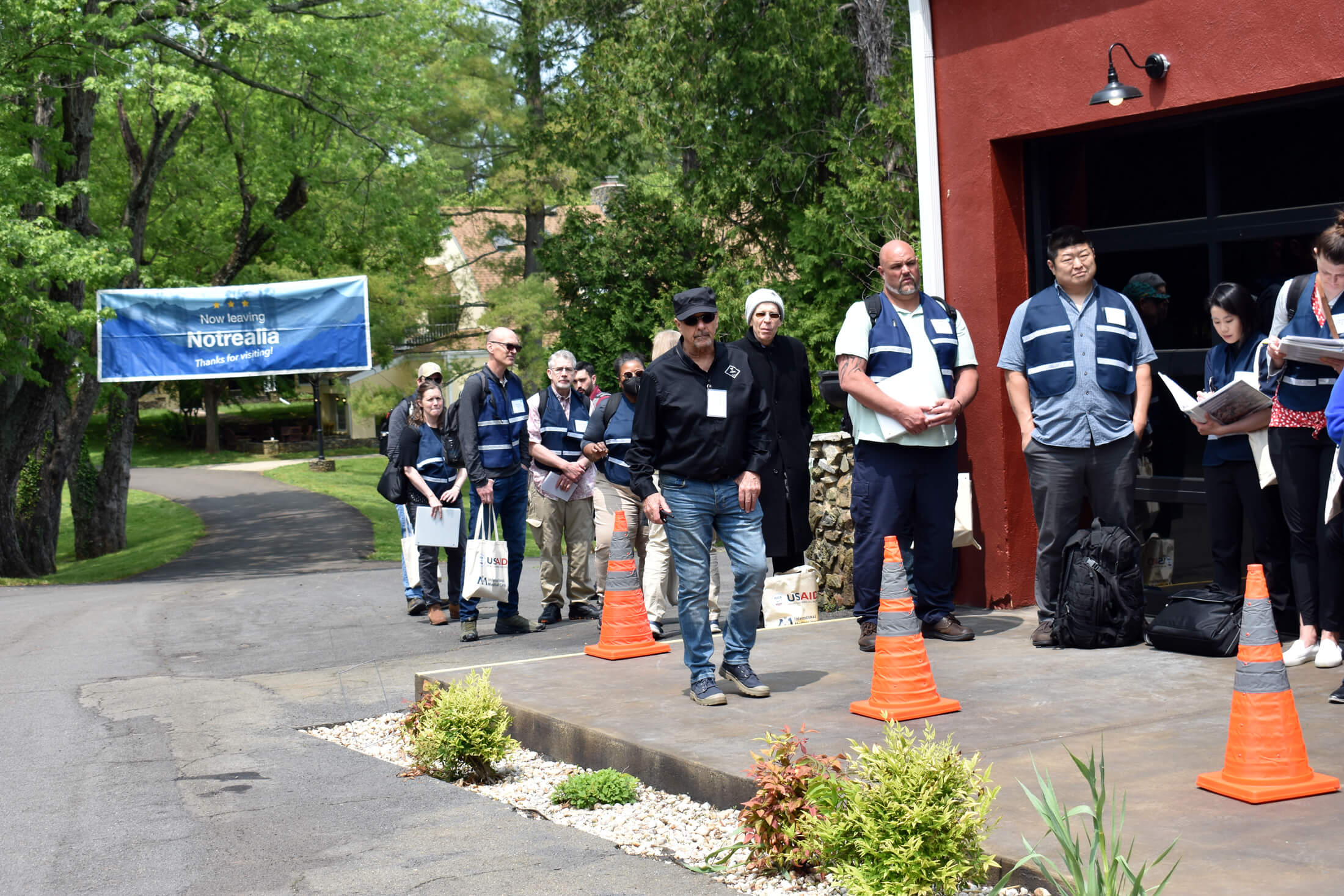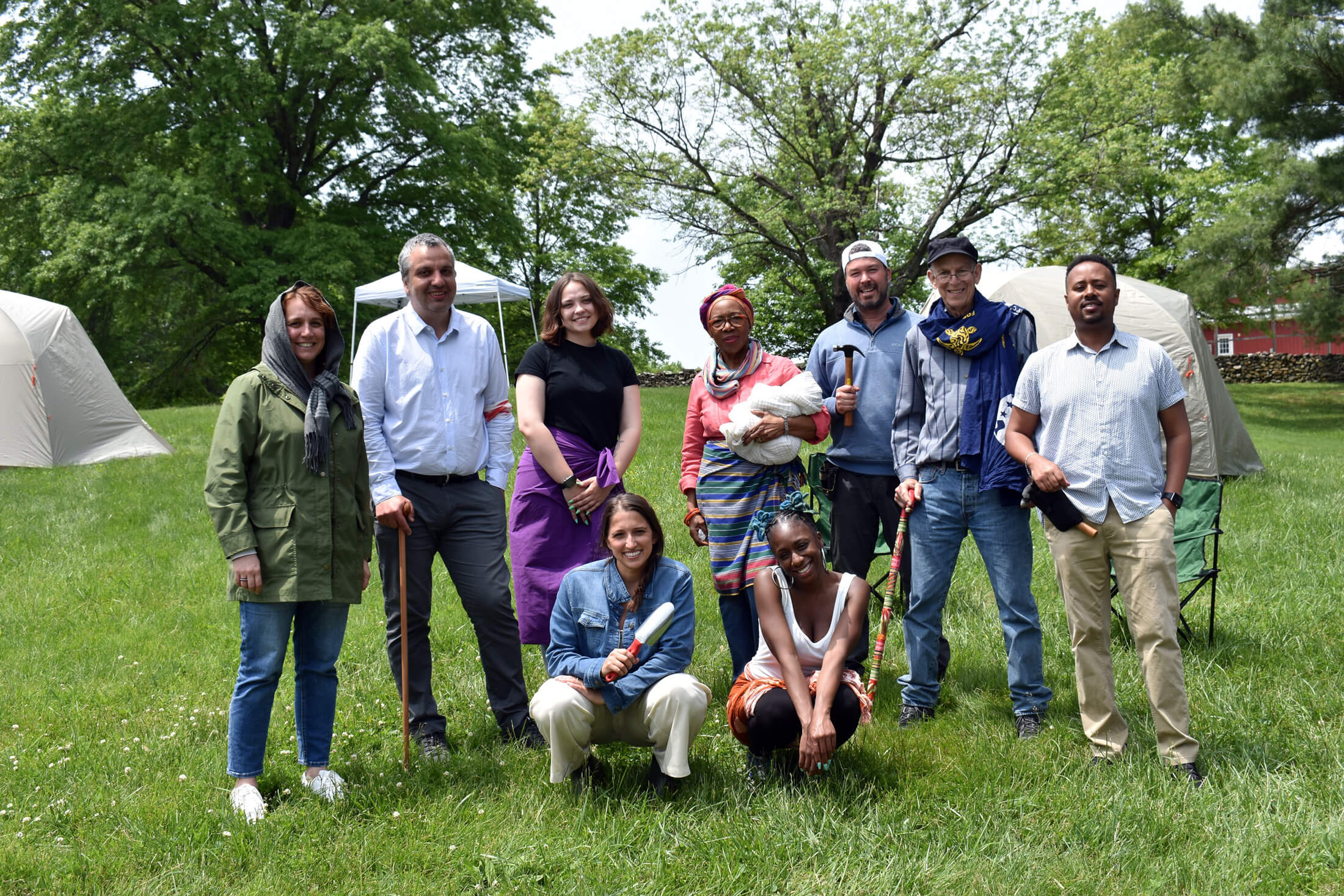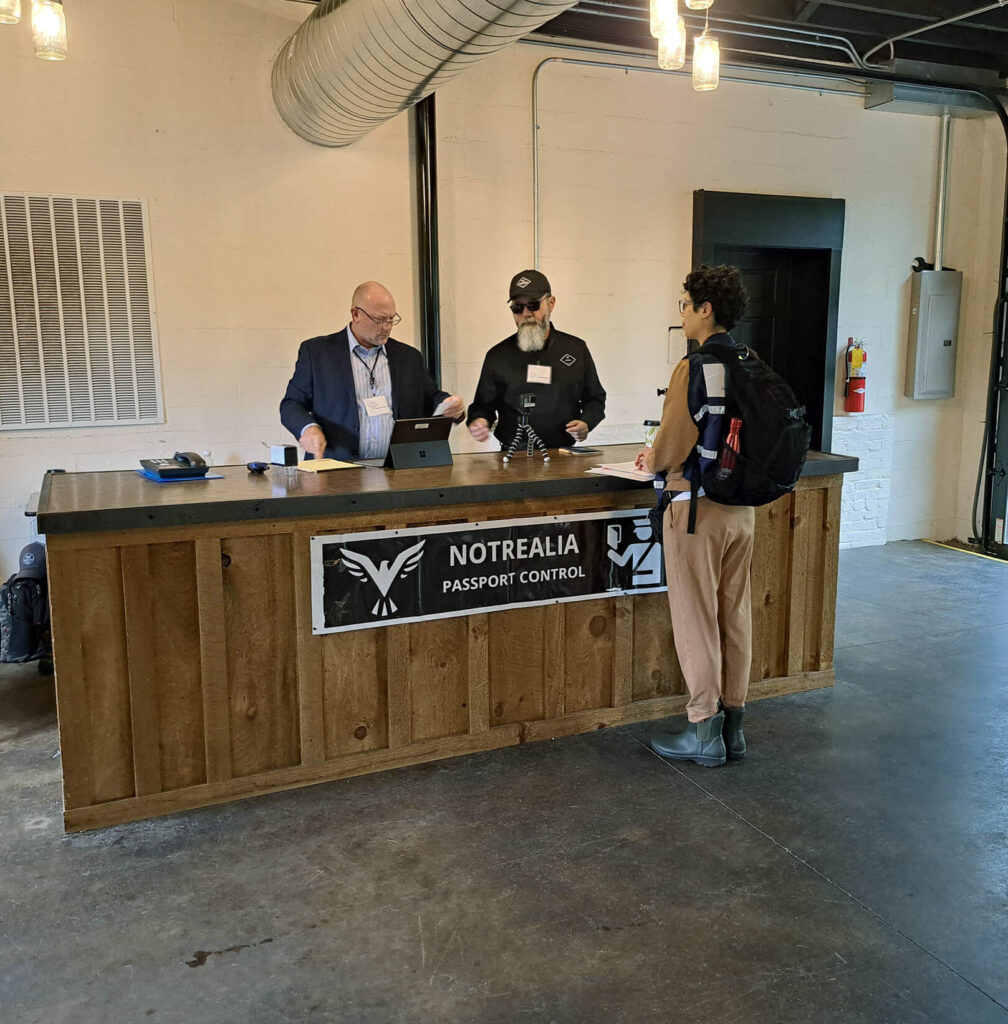International Medical Corps’ Humanitarian Response Training Unit (HRTU) is responsible for strengthening the capacity of humanitarians, helping NGOs and governments to become better first responders.
Twice a year, the HRTU team holds training simulations for senior staff members from any US government agency that interacts with our largest donor, the Bureau of Humanitarian Assistance (BHA), during an emergency response—including the State Department, the Department of Health and Human Services, the Centers for Disease Control, the Department of Defense and the Federal Emergency Management Agency. The goal of these in-person simulations is to help government employees develop a deeper understanding of what an emergency response is like and how coordination works in a humanitarian context.
“The idea is to really bring to life what happens in humanitarian emergencies, especially during the early stages of a response,” says HRTU Director Sanja Bebic.
The simulations, which take place at a retreat centre near Washington, DC, are led by a team of International Medical Corps staff and consultants, as well as BHA staff. Two experienced humanitarians act as facilitators, while the project team sets up a command centre to support the simulation from behind the scenes.
The three-day event kicks off with a briefing, where each trainee is given a role to play during the upcoming simulation. Then the participants step into the fictional country of Notrealia, which has suffered a devastating natural disaster. The simulation replicates what it’s like to arrive in Notrealia—participants pass first through a mock passport-control setup and then through an armed security checkpoint before meeting the training team, who are playing various roles as humanitarian actors responding to the emergency in Notrealia.

On the second day of the simulation, trainees conduct a mock field visit to a village that was badly damaged. In the village, trainees interview residents affected by the disaster to determine their needs. The residents are played by International Medical Corps staff members and consultants, and include a village elder, who describes the destruction of his entire community; several young male residents, who are convinced that other communities have already received assistance and demand immediate aid; a female resident with children who are ill and showing early signs of malnutrition; an elderly couple who were injured in the disaster; and a disabled resident.


Using the information gleaned during their interviews in the mock village and other simulated meetings and consultations—such as cluster meetings—the participants put together a flash appeal for funding that reflects needs in Notrealia across three sectors: health, shelter, and water, sanitation and hygiene.
On the third day, the participants take part in simulated meetings where they adopt new roles and learn about the conversations that take place between key stakeholders during an emergency. They also prepare reports for various US government stakeholders and the US humanitarian association InterAction, and participate in meetings to understand how they, in their new roles, would work together during a humanitarian response. This enables them to learn even more about the range of responsibilities required during such a response.
New Participants, Same Goals
When International Medical Corps first began holding these training simulations in 2017, trainees were typically federal staff members who wouldn’t necessarily be deployed to an emergency. Over time, participants have shifted to include more people who have been or will be deployed to an emergency response, and these people bring a different set of questions and needs into the event. But the overall objective—gaining a better understanding of interagency collaboration and coordination—remains.

“The trainees leave the simulation knowing who takes which role during an emergency, and they know whom to call to get the information they need,” Sanja says. “A really important outcome for participants and for BHA is that participants create or advance important networks and relationships. People better understand how coordination works, and how all of these relationships and key stakeholders work together.”
This knowledge is crucial in an emergency response, especially in the hours immediately following a disaster, when first responders are trying to come to grips with a turbulent situation on the ground.
“When the coordination doesn’t work well, the needs of communities are not met, things are missed and the response does not work well,” Sanja explains.
Sanja sees the training simulations as transformative, not just for the participants who leave with important knowledge about emergency responses, but also for International Medical Corps as the convener of the event.
“The simulation gives us a different way of interacting with BHA, which is our biggest donor. The facetime we get with their team helps us to further develop our relationship with them—while helping them to better understand our work,” Sanja says. “Experiential learning has a powerful impact and learning outcomes that are really valuable for everybody involved.”
